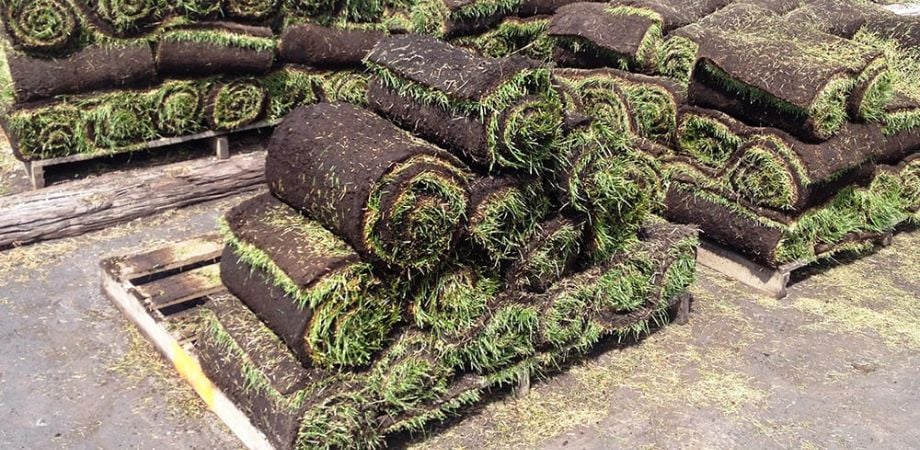As summer winds down, lawn care operators will want to ensure that their customers’ turf thrives during and survives the cooler months. A late summer fertilization program can help accomplish that goal.
Why Late Summer Fertilization Matters
Late summer fertilization is crucial because it supports recovery from summer stress and boosts root growth. By providing the right nutrients now, customers’ lawns will have the best chance of remaining healthy and resilient through the fall and winter, setting it up for a strong start next spring.
Choosing the Right Late Summer Fertilizer
For late summer applications, slow-release fertilizers are the best option. Unlike regular fast-acting fertilizers, which can burn turf and result in rapid but short-lived growth, slow-release options provide a steady supply of nutrients over time.
Advanced Turf offers quite a few slow-release options, including ATS 22-3-11, which contains Foliar-Pak Armament technology to improve nutrient availability, and ATS 18-0-4. Products like these can help lawn care operators reduce the risk of turf damage and ensure that properties stay nourished throughout the season. Organic fertilizers, while often more expensive than synthetic ones, are also especially effective in late summer.
Key Nutrients for Late Summer Fertilization
Nitrogen, potassium, and phosphorus are the three major nutrients that impact turf health. All fertilizers refer to what is called the NPK ratio, which denotes how much of each of the following nutrients are in the mix by percentage:
- Nitrogen (N): Nitrogen is essential for turfgrass growth and recovery. Nitrogen also helps with color response. It should be applied in moderate amounts to avoid overstimulation.
- Potassium (K): This nutrient regulates water balance and enhances stress tolerance. Potassium-rich fertilizers are commonly used in late summer to prepare turf for lower temperatures.
- Phosphorus (P): Phosphorus supports root development and structural integrity, making it beneficial, especially for overseeding. Be mindful of local regulations, as many states restrict phosphorus use unless it is used for seeding.
Regional Considerations and Warm-Season Grasses
In regions where phosphorus use is restricted, focus on nitrogen and potassium for late summer applications. For those treating warm-season grasses, avoid applying fertilizer during this period to prevent potential burn. Instead, consider liquid options like Foliar-Pak 30-0-0, which adds slow-release nitrogen to the soil. A product like Foliar-Pak 14-2-4 is more comprehensive, delivering the three main nutrients, plus iron and manganese. Products like these can enhance nutrient availability in warm-season grasses without risking damage to customers’ turf. Putting out a soil amendment like lime or compost materials can help, too.
Additional Tips
- Apply fertilizers evenly and follow label instructions to avoid over-application.
- Consider offering aeration services to customers if you haven’t already. This will reduce compaction and improve nutrient absorption.
- Monitor customers’ lawn conditions and adjust maintenance as needed based on weather conditions and turf type.
A proper late summer fertilization will prepare turf for fall and winter. For additional tips and product recommendations tailored to your region and situation, reach out to your ATS rep. If you’re new to ATS, find a rep here.












